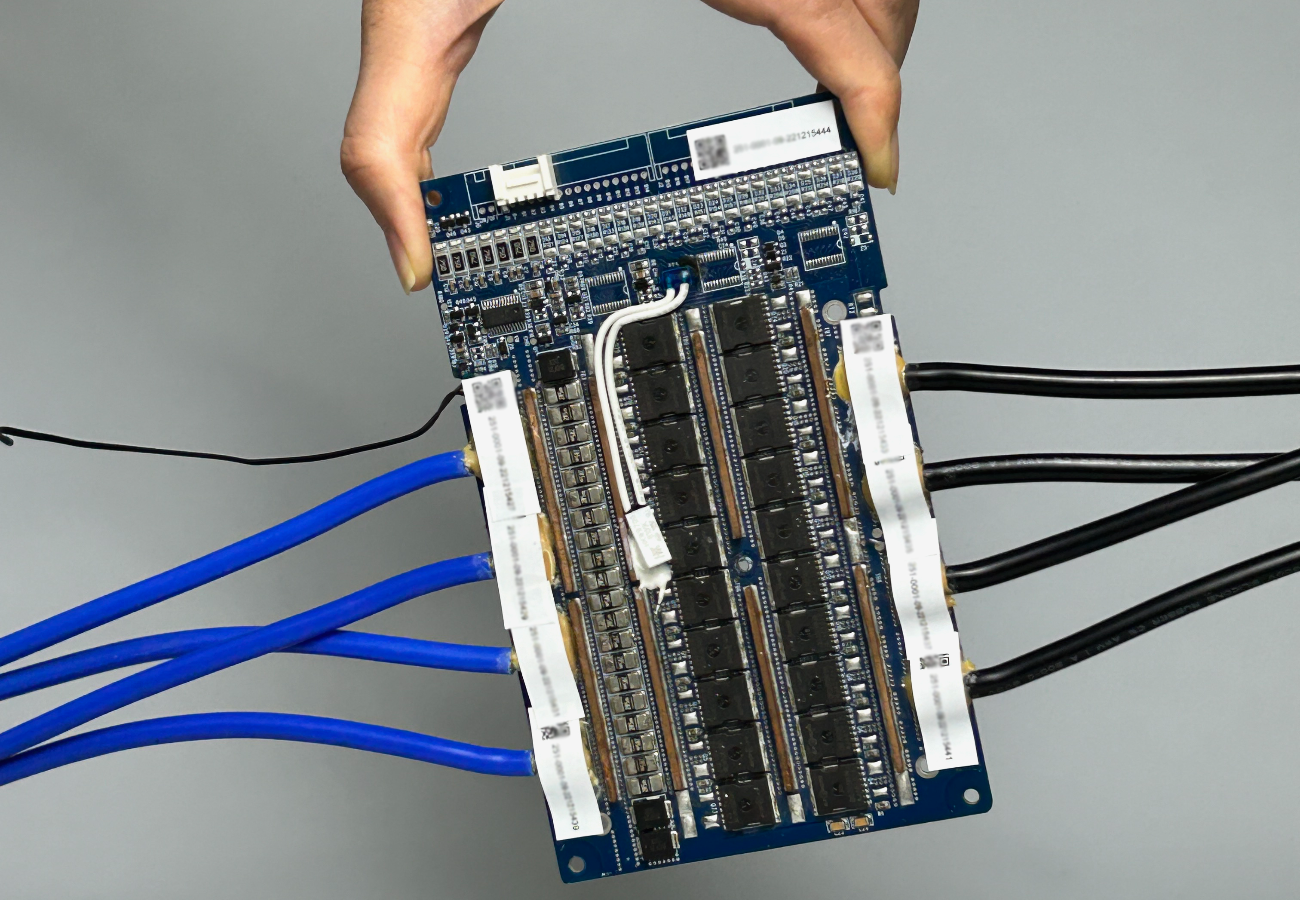In the modern business world, speed, agility, and connectivity are critical for success. Companies face increasing pressure to eliminate inefficiencies, improve customer experiences, and make data-driven decisions. Traditional, fragmented systems often stand in the way, creating silos and communication gaps between departments. This is where Salesforce ERP comes in—offering a unified platform that connects people, data, and systems to drive efficiency and growth.
By combining the robust capabilities of Enterprise Resource Planning (ERP) with Salesforce’s powerful cloud-based Customer Relationship Management (CRM) platform, businesses can manage front-office and back-office operations seamlessly. The result is a single source of truth for every process, every team, and every decision.
Understanding Salesforce ERP
Before diving into its benefits and transformational impact, it’s important to clarify what Salesforce ERP actually is.
What Is Salesforce ERP?
Salesforce ERP refers to the integration or deployment of ERP capabilities within the Salesforce ecosystem. It allows businesses to handle financials, inventory, human resources, procurement, and supply chain processes directly alongside CRM functions like sales, marketing, and customer service.
Unlike traditional ERP systems that operate in isolation, Salesforce ERP offers a cloud-based, integrated environment where customer-facing activities and internal operations are tightly connected.
Why Choose Salesforce for ERP?
Salesforce is widely recognized for its scalability, customization, and innovation. When ERP functions are powered by Salesforce, organizations benefit from:
- Unified data access across all departments
- AI-driven insights through Salesforce Einstein
- Customizable workflows to match unique business needs
- Seamless third-party integrations for added flexibility
How Salesforce ERP Seamlessly Connects People, Data, and Systems
The true strength of Salesforce ERP lies in its ability to unify all core business components into a single, collaborative ecosystem.
1. Eliminating Data Silos
In many organizations, data lives in separate systems—finance uses one tool, operations another, and sales yet another. This fragmentation leads to duplication, inconsistencies, and delays. Salesforce ERP solves this by consolidating all data into one cloud-based environment, ensuring accuracy and accessibility for everyone.
For example, sales teams can instantly view stock levels before confirming delivery timelines, while finance can access live sales data to forecast revenue more accurately.
2. Streamlining Business Processes
With Salesforce ERP, workflows become automated and standardized. Purchase orders, approvals, invoicing, and customer follow-ups can all be set to run on pre-defined rules, eliminating manual bottlenecks.
Automation not only accelerates processes but also minimizes human error. This efficiency frees teams to focus on high-value tasks such as strategy, innovation, and customer engagement.
3. Enhancing Collaboration Across Departments
Disconnected systems often result in miscommunication between teams. Salesforce ERP changes this by providing a shared interface where sales, finance, operations, HR, and customer service teams work from the same data set.
This means that customer service agents have real-time access to order statuses, finance teams can instantly see the profitability of deals, and supply chain managers can coordinate with sales on demand forecasts—all without back-and-forth email chains.
4. Leveraging Real-Time Insights for Better Decisions
With Salesforce ERP, decision-makers have access to live dashboards and AI-powered analytics. Whether it’s tracking performance metrics, identifying emerging market trends, or pinpointing inefficiencies, leaders can make informed decisions faster.
For instance, Einstein AI can predict when inventory levels will run low, enabling proactive ordering and avoiding costly stockouts.
Core Functionalities of Salesforce ERP
Salesforce ERP isn’t just about connecting data—it’s about delivering comprehensive functionality that supports every area of business.
Financial Management
Track revenue, expenses, budgets, and profitability in real time. Generate detailed financial reports, automate billing, and ensure compliance with industry regulations.
Inventory and Supply Chain Management
Manage stock levels, vendor relationships, purchase orders, and delivery schedules directly within the Salesforce platform, ensuring accurate fulfillment and timely replenishment.
Human Resource Management
From recruitment to payroll, Salesforce ERP allows HR teams to store employee data securely, manage performance reviews, and streamline onboarding processes.
Customer Service and Support
With CRM integration, support teams can instantly access customer purchase histories, service requests, and communication logs—delivering personalized and timely service.
Benefits of Implementing Salesforce ERP
Implementing Salesforce ERP brings tangible benefits that impact both operational performance and overall business growth.
Improved Efficiency
Unified data, process automation, and real-time access to information ensure that operations run smoothly with minimal delays.
Cost Reduction
By replacing multiple disconnected systems with a single platform, businesses can lower software licensing fees, maintenance costs, and IT overhead.
Enhanced Customer Experience
When front-office and back-office teams share data, customers receive faster responses, accurate delivery estimates, and personalized services.
Scalable Growth
Salesforce ERP grows with your business. Whether expanding to new markets, launching new products, or increasing workforce size, the platform scales effortlessly.
Best Practices for a Successful Salesforce ERP Implementation
To maximize the value of Salesforce ERP, careful planning and strategic execution are essential.
Define Clear Objectives
Identify the key challenges you want Salesforce ERP to solve—whether it’s improving data accuracy, automating workflows, or enhancing customer service.
Involve Key Stakeholders Early
Bring together representatives from all departments—sales, finance, operations, and IT—to ensure the solution meets company-wide needs.
Start Small, Then Expand
Implement core functionalities first, such as financial management or inventory tracking, and then roll out additional modules as teams adapt.
Leverage Salesforce Expertise
Working with experienced Salesforce consultants ensures customization, integration, and training are handled professionally, reducing the risk of disruption.
The Future of Salesforce ERP
As technology continues to evolve, Salesforce ERP will become even more advanced. AI will play a bigger role in predictive analytics, while Internet of Things (IoT) integration will enable real-time monitoring of assets, shipments, and production lines.
With its flexibility, adaptability, and innovation-driven approach, Salesforce ERP is positioned to remain a leading choice for businesses seeking a connected, efficient, and data-driven future.
Conclusion: Uniting People, Data, and Systems for Growth
In a world where business success depends on speed, accuracy, and collaboration, Salesforce ERP offers a powerful solution. By integrating ERP capabilities into the Salesforce platform, it connects people, data, and systems seamlessly—eliminating silos, automating workflows, and delivering real-time insights.
For organizations that want to boost efficiency, reduce costs, and provide exceptional customer experiences, adopting Salesforce ERP isn’t just a smart move—it’s a transformative step toward sustainable growth.


